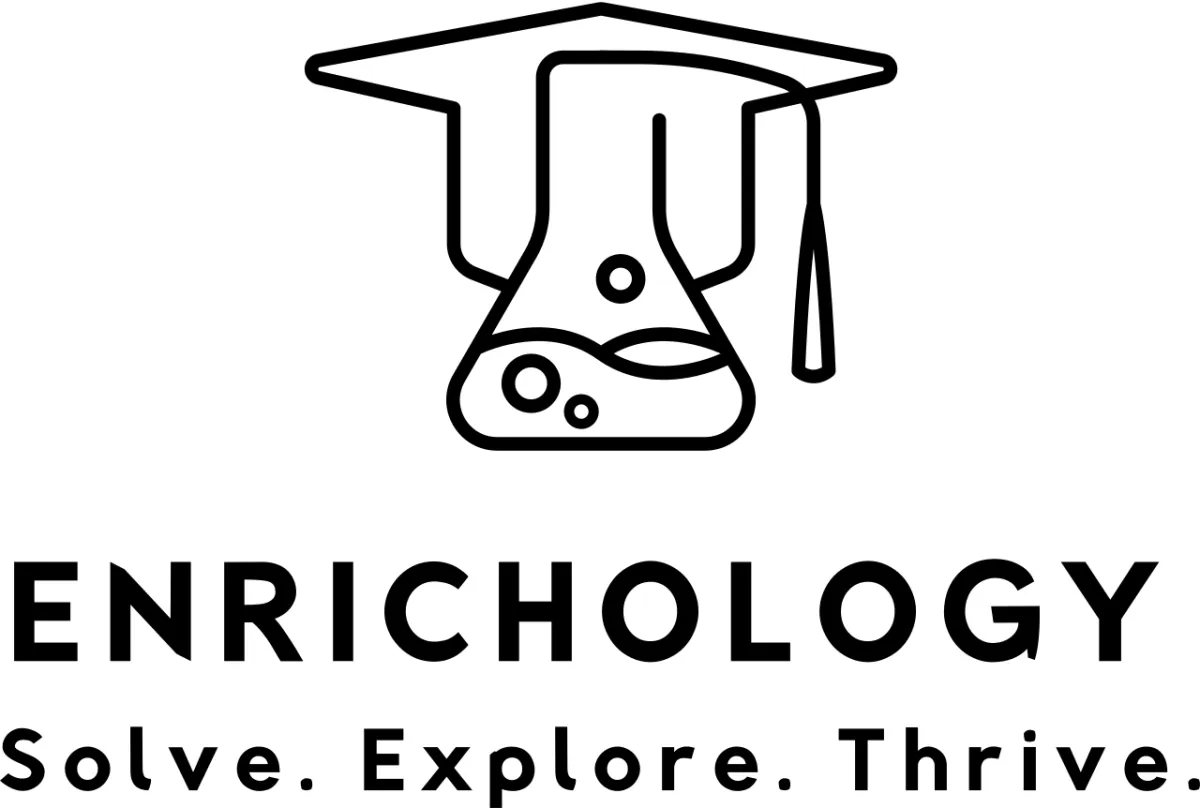
Digital Wellness Examples for a Healthier Mind—Are You Using Them?
Are We Using Technology, or Is It Using Us?
Technology is everywhere, making life easier—but at what cost? This post is a mixture of musings and research on the technology saturated environment our brains are now existing in.
We rely on devices to remember phone numbers, navigate roads, and even complete basic math. Pop quiz me on single digit multiples of anything from 0 to 5, I got you in less than a second. Pop quiz me on 7 times 8, it's going to take a quarter of a minute....btw...it's 56.
While tech is powerful, too much passive use can weaken problem-solving, focus, and creativity. I feel like I now need Waze most times I travel. When I was younger I could remember the roads of Columbus, Georgia without having been there in 2 years.
So, how do we find a balance that enhances our lives without harming our brains? By incorporating digital wellness examples, we can create habits that support both productivity and mental well-being.
5 Ways to Balance Technology Use with Healthy Brain Habits
🔹 1. Technology as a Tool, Not a Crutch
We like the conveniences of modern technology, but those conveniences come with trade-offs.
Cars get us quickly from point A to point B, but over-reliance can reduce physical activity, weakening both our bodies and our mental resilience.
The same is true for our brains—technology reduces the cognitive load of daily tasks, but at what cost?
🔹 2. Practical Challenges to Strengthen Your Brain
Challenge yourself to schedule an in-person interaction with a friend instead of defaulting to a virtual conversation. Face-to-face communication enhances social skills and emotional intelligence.
Estimate the total cost of your purchase (including tax) before checking out. This strengthens mental math skills and keeps your brain engaged in everyday calculations.
Try navigating without GPS on a familiar route. Strengthening spatial awareness and memory can improve cognitive function.
Memorize a short grocery list instead of using your phone. Training your working memory helps with recall and focus.
🔹 3. The ADHD Experience: Tech as a Lifeline and a Distraction
Technology helps me immensely with my ADHD! Some days my brain struggles to focus on anything in particular—I'm chasing squirrels all day! Other days, I hyperfocus on things I love: cognitive development research, biomedical studies, computer tech advancements, or deep dives into Marvel character backstories.
But here’s the kicker—I was supposed to start dinner at 5 p.m., and now it’s 7 p.m.! Yikes! Looks like sandwiches for dinner. Sorry, kids!
Technology has opened up libraries of information that used to be accessible only in small pockets of the world. It can present information in fun and engaging ways. But the same tech that empowers us can also be used to manipulate our brain’s pattern-making processes for financial or political gain. Double yikes!
🔹 4. Assessing Your Relationship with Technology: A Symbiotic Perspective
In biology, relationships between organisms are categorized into parasitism, mutualism, or commensalism.
Parasitism: One benefits while the other is harmed. (Tech distracts, exploits, or drains us.)
Mutualism: Both benefit from the interaction. (Tech enhances learning and productivity.)
Commensalism: One benefits, the other is neutral. (Tech is present but doesn’t impact our well-being.)
Technology was designed to encourage interaction and, in some cases, dependency. But by viewing it through a symbiotic lens, we take back control.
Ask yourself: Is my current tech use aligned with what I value and where I want to be?
🔹 5. Setting Healthy Tech Boundaries
Use the 20-20-20 rule: Every 20 minutes, take a 20-second break and look 20 feet away.
Keep screens out of the bedroom for better sleep and cognitive health.
Try screen-free mornings to start the day with clear focus.
Train your brain to single-task instead of multitask for deeper thinking.
5 Ways To Model Responsible Tech Use for Kids
🔹 1. Lead by Example
If you want kids to use tech wisely, show them how it’s done.
Avoid scrolling during meals or conversations.
Set “tech-free” zones in the house (dinner table, bedrooms).
🔹 2. Encourage Mindful Media Consumption
Teach kids to ask questions while watching videos or reading online.
Discuss fact-checking and avoiding misinformation.
Introduce them to creative tech use (coding, digital art, music production).
🔹 3. Balance Online and Offline Activities
For every hour of screen time, encourage an hour of physical or mental exercise.
Make sure kids still get outdoor play, social interaction, and hands-on problem-solving.
🔹 4. Teach the Difference Between Work and Entertainment
Technology should be a tool, not a crutch.
Help kids see the difference between using devices for learning vs. distraction.
🔹 5. Gamify Learning Through Play
Research shows that social interaction in gameplay enhances cognitive development and engagement.
Play both real-life and virtual games that require players to solve problems.
Engage in strategy games, puzzles, and cooperative challenges to make learning more enjoyable.
Games help strengthen critical thinking and teamwork skills.
Playing games together fosters curiosity and deeper learning experiences.
Final Thoughts: Mastering Technology, Not Letting It Master Us
Technology is an amazing tool—but only if we use it wisely.
By balancing screen time with brain-building activities and modeling smart habits, we can protect both our lifespan and our brain health.
The question is: Are we controlling our devices, or are they controlling us?
🚀Want to help your child develop strong problem-solving skills while using technology wisely? As a math tutor for adolescents, I can teach students why responsible tech use matters, how it benefits them, and practical strategies to integrate technology effectively. Schedule a free consultation today to learn how math skills and digital wellness go hand in hand! Click [here] to book your session now!



